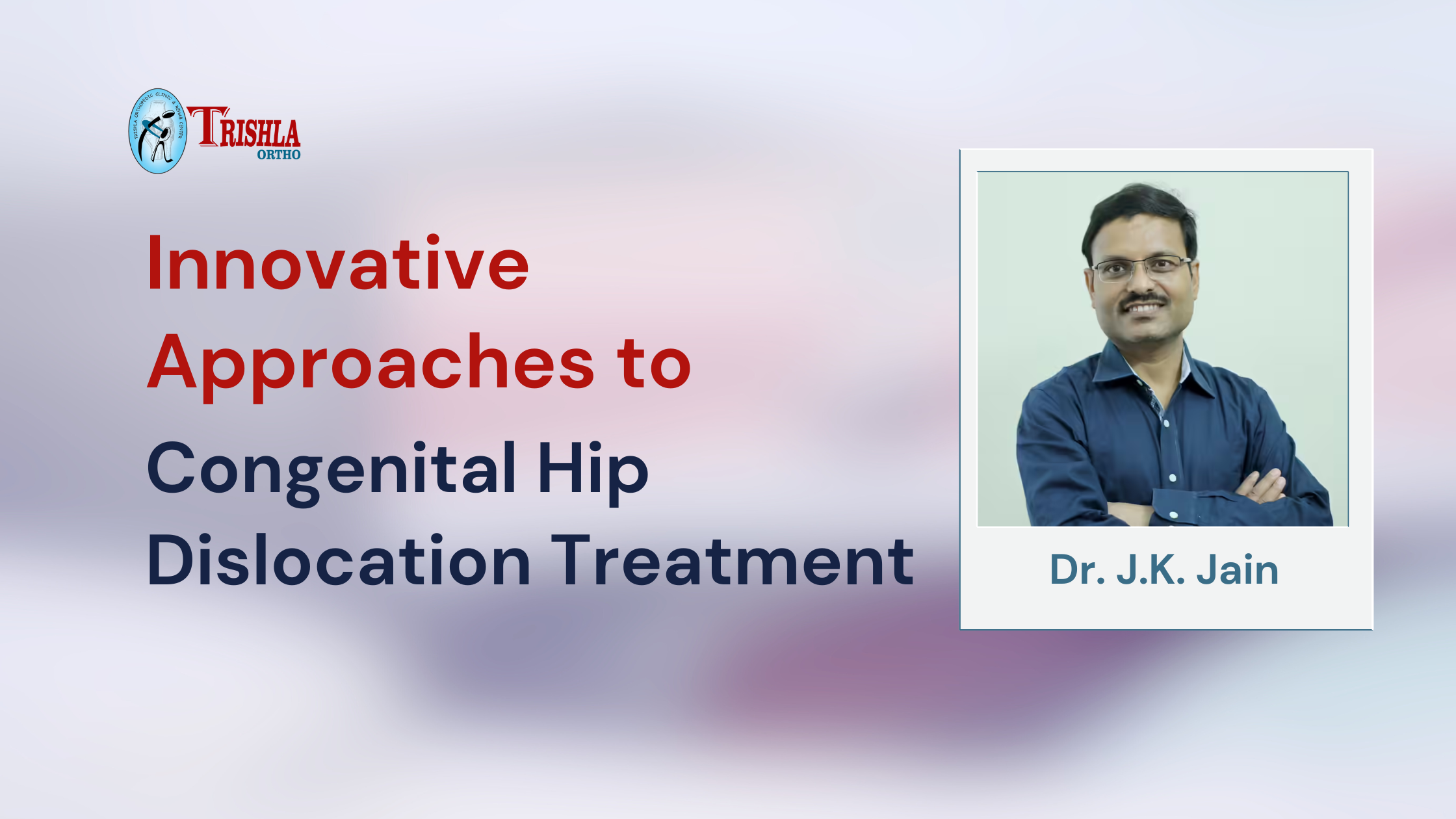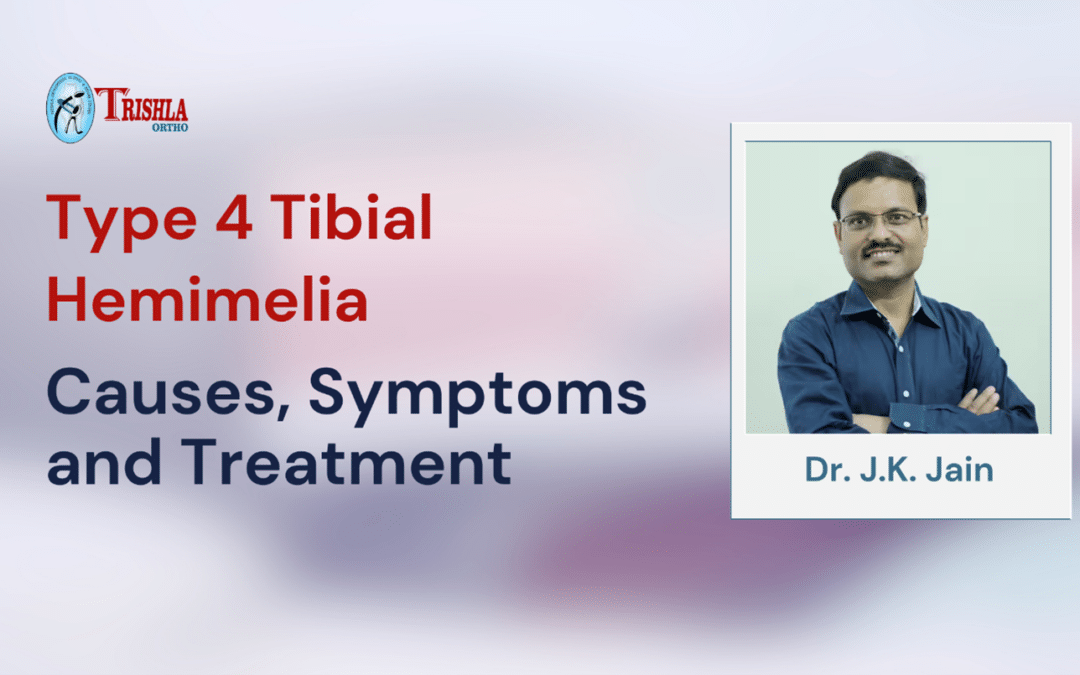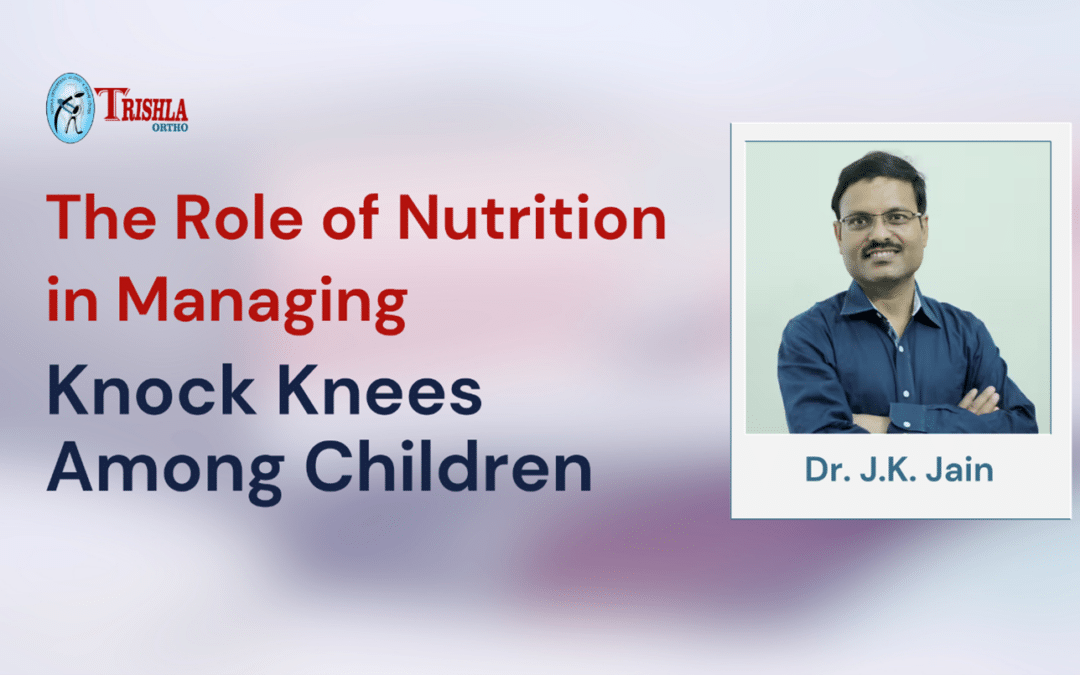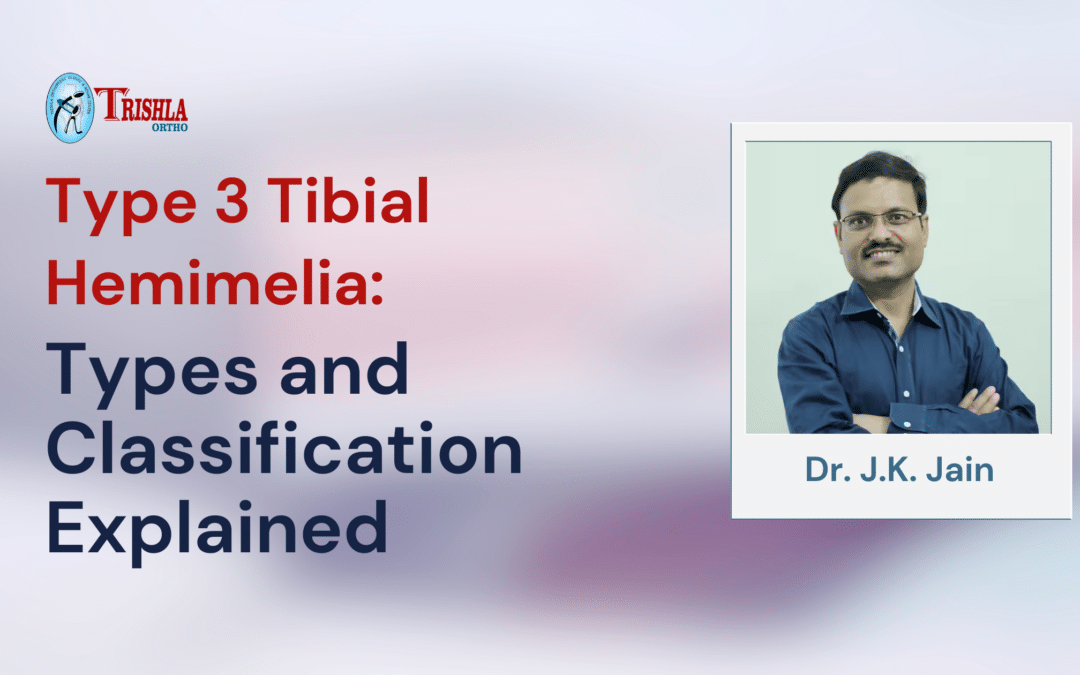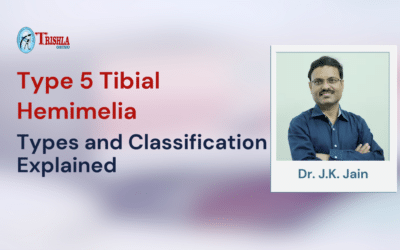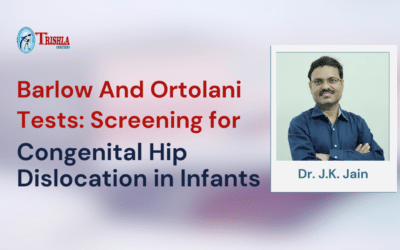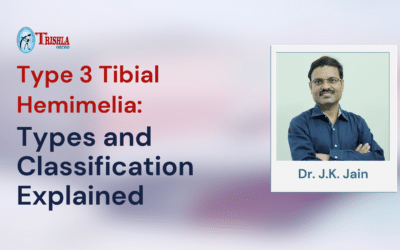Developmental Dysplasia of the Hip (DDH) is a condition where the hip joint of a newborn is dislocated or vulnerable to dislocation. At Trishla Ortho Clinic, we specialize in advanced congenital hip dislocation remedies, ensuring excellent consequences for our patients.
Understanding DDH and Its Implications
What is DDH?
Developmental Dysplasia of the Hip (DDH) is a congenital circumstance where the hip joint is improperly formed. This misalignment can lead to hip dislocation and issues with hip joint development.
- Affects newborns: Present at delivery or develops in early infancy.
- Severity varies: From slight instability to complete dislocation.
- Importance of early detection: Early treatment is critical for first-rate outcomes.
The Importance of Early Diagnosis
Doctor Examination
Early and accurate analysis is essential for effective congenital hip dislocation remedy. The best pediatric orthopedic doctor in India at Trishla Ortho Clinic carries out detailed examinations to ensure not missing diagnosis of DDH.
- Physical exam: Checking for hip instability and groin asymmetry.
- Ultrasound imaging: Used for infants below six months to visualize the hip joint.
- X-rays: Employed for older toddlers and kids to evaluate hip alignment.
Nonsurgical Treatments for DDH
In many instances, nonsurgical treatments can effectively treat DDH. Our approach consists of:
Pavlik Harness
The Pavlik harness is a tender brace that preserves the infant’s hips in the ideal position.
- Effectiveness: Highly effective when utilized in babies under six months of age.
- Duration: Typically worn for 6-12 weeks.
- Adjustability: Regular adjustments to make sure of proper positioning as the infant grows.
Hip Abduction Braces
Hip abduction braces are another choice for babies, who do not respond to the Pavlik harness.
- Alternative solution: Used while the Pavlik harness is not robust.
- Stabilization: Maintains the hips in the ideal position.
- Monitor development: Regular follow-ups are essential to review development.
Surgical Treatments for DDH
When nonsurgical techniques are insufficient, surgical intervention can be required. At Trishla Ortho Clinic, we provide advanced surgical alternatives for treating congenital hip dislocations.
Closed Reduction
Closed reduction is a non-invasive procedure to realign the hip joint.
- Procedure: Manipulating the hip into the proper position without an incision.
- Hip Spica: Hip Spica plaster is given for 2 months.
- Success rate: success rate is good if given in 1st year of life.
Open Reduction
Open reduction is the reduction of the hip required when closed reduction is not successful or feasible. Mostly required when a child is more than 1 year or dislocations are very high and teratogenic.
- Surgical technique: Directly visualizing and reducing the hip joint under vision.
- Post-surgery care: plaster hip Spica is given to hold the hip joint in the correct position for a few months. After 2 months brace is required to be worn further for 3-4 months.
- Indication: Effective for severe or persistent dislocation and age more than 1 year.
Osteotomy
Osteotomy orthopedic surgery involves cutting and realigning the bones to ensure proper hip joint positioning.
- Types of osteotomies: proximal femur bone osteotomy to shorten bone. Acetabular cup osteotomy to orient the cup in the right direction.
- Long-term benefits: Improved hip coverage and decreased hazard of arthritis.
- Success rate: good
. Indication: when the age of the child is more than 1 year and dislocation is high
Recovery and Rehabilitation
Post-surgery care is crucial for ensuring the success of congenital hip dislocation. Training in proper use of brace and exercise is compulsory.
Physical Therapy
Tailored physical therapy applications assist in restoring hip characteristics and electricity.
- Exercise routines: Designed to improve mobility and muscle power.
- Parental involvement: Parents are trained to assist with exercises at home.
- Regular assessments: To screen progress and watch for any complications.
Monitoring and Follow-Up
Ongoing follow-up is crucial for good recovery.
- Imaging assessments: X-rays at regular intervals to assess joint development.
- Adjustments to treatment: As necessary based on progress.
Potential Complications of DDH Treatment
While our approaches to congenital hip dislocation remedies are well-planned, but still complications can arise.
Common Complications
- Avascular necrosis: Reduced blood flow to the femoral head.
- Re-dislocation: The hip may dislocate again, requiring extra treatment.
- Growth disturbances: Potential discrepancies in leg length or hip development.
Preventive Measures
To reduce the risk of complications following measures are taken:
- Meticulous surgical techniques: Ensuring precision and decreasing risk of complication.
- Comprehensive observation and care: Regular checks and prompt intervention.
- Patient education: Informing families about signs of complications while seeking assistance.
Long-Term Outcomes for DDH Patients
With early and effective congenital hip dislocation treatment, many patients attain good hip joints that can last for their whole life. But complications can occur. Early identification and early intervention give the best outcome.
Functional Improvements
- Normal hip feature: Many kids can walk, run, and play without obstacles.
- Enhanced mobility: Improved motion and joint stability.
- Quality of life: Significant improvements in day-by-day activities and social interactions.
Psychological Benefits
Successful treatment also undoubtedly impacts the mental well-being of patients and their households.
- Increased self-assurance: Children increase higher self-esteem and independence.
- Reduced anxiety: Parents feel more confident about their infant’s future.
Personalized Rehabilitation Programs
We have developed individualized rehabilitation programs for children with CDH to tackle their needs and improve their functional capacity much more effectively than general rehabilitation programs. These programs include activities such as general therapeutic exercises, mobility training, and exercises that involve strength. Thus, the idea of an individualized approach to rehabilitation work ensures the best results regarding hip function and quality of life of children.
Commitment to Patient-Centered Care
In conclusion, the principles of patient-centered care are a part of the institutional culture of the Trishla Ortho Clinic are the basis of all actions undertaken. We provide sufficient attention, caring, regard, and concern to all the children in our care. This is achieved because our approach is all-embracing, taking into account the physical, social, and psychological needs of the children and their families. This is because, by creating a supportive environment and creating conditions that enhance learning abilities, children can gain the maximum capabilities they possess.
Our Commitment to Excellence at Trishla Ortho Clinic
At Trishla Ortho Clinic, we’re dedicated to providing the best care for congenital hip dislocation treatment. Our modern procedures ensure exceptional outcomes for our patients.
Contact Trishla Ortho Clinic today to learn more about our comprehensive DDH remedy options and assistance services.
